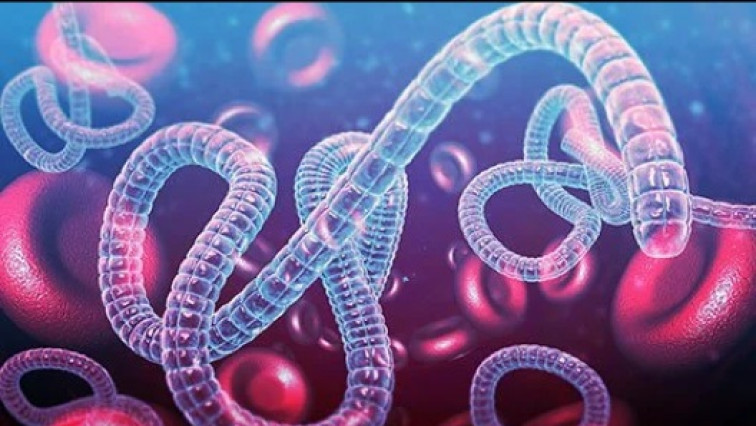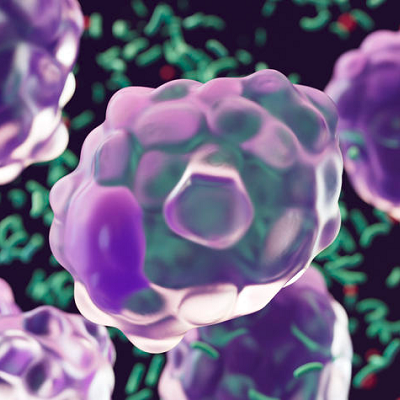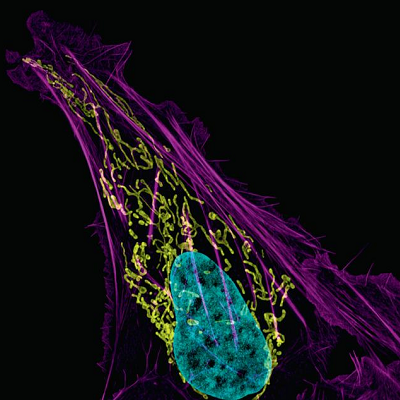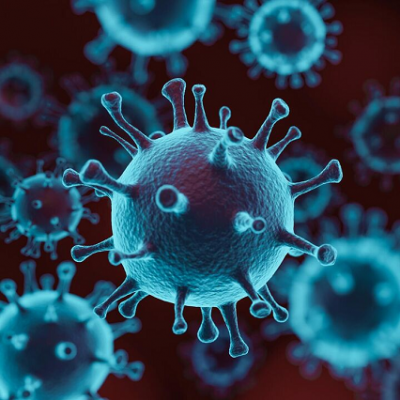Nanobodies are tiny antibodies derived from animals like alpacas. Their small size allows them to access areas of the virus and human tissues that larger antibodies cannot. During the COVID-19 pandemic, the team created nine nanobodies to fight COVID-19. Now, they’ve used this technology to develop two new nanobody inhibitors for Ebola: Nanosota-EB1 and Nanosota-EB2.
The nanobodies work in different ways to stop Ebola. The virus hides the part it uses to attach to human cells under a protective layer. Nanosota-EB1 prevents this layer from opening, blocking the virus from attaching to cells. Nanosota-EB2 targets a part of the virus essential for breaking into cells, stopping its spread. In lab tests, Nanosota-EB2 was especially effective, greatly improving survival rates in Ebola-infected mice.
These nanobodies represent a major step toward treatments for other viruses in the same family, like Sudan and Marburg viruses. This adaptability comes from a new nanobody design method recently developed by the team.
Read the original article on University of Minnesota.







